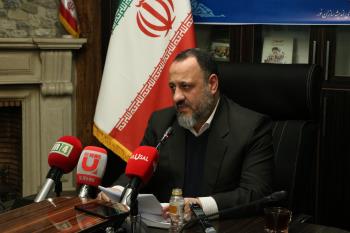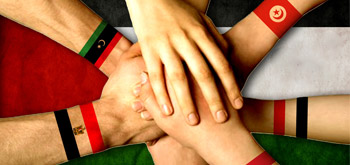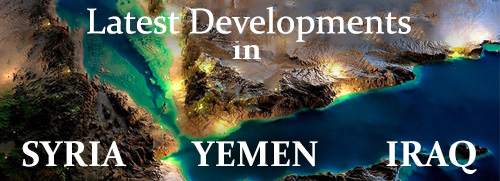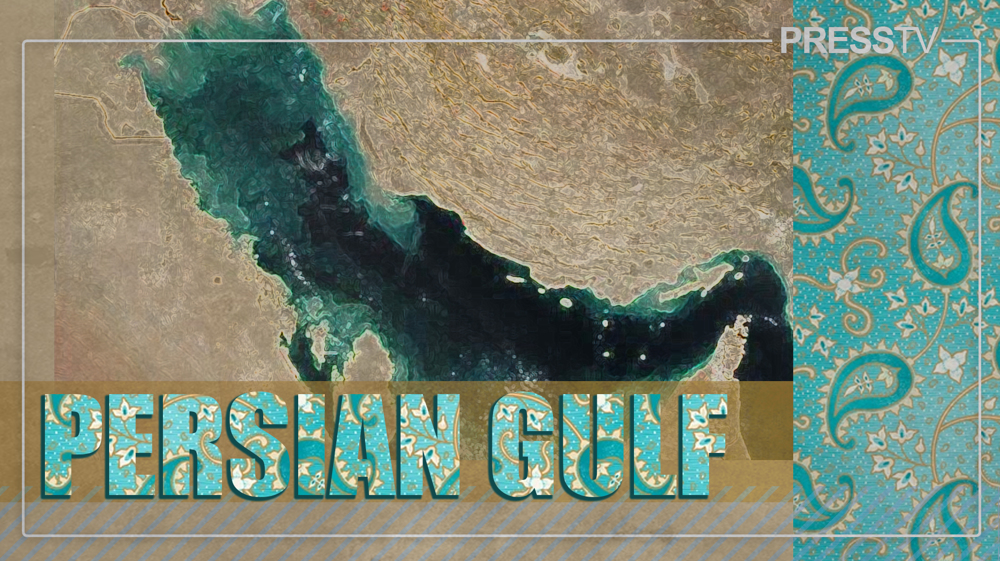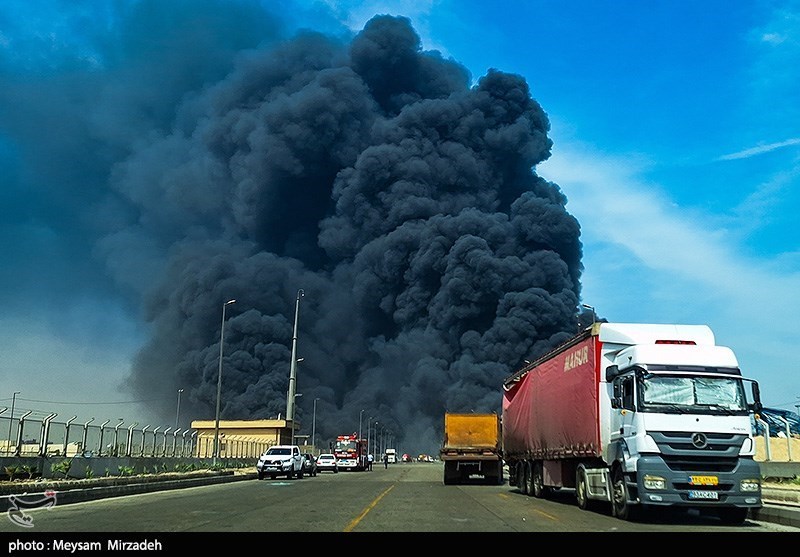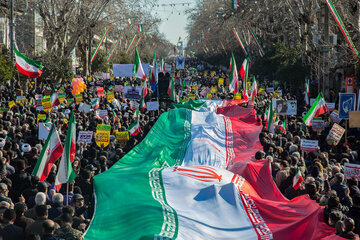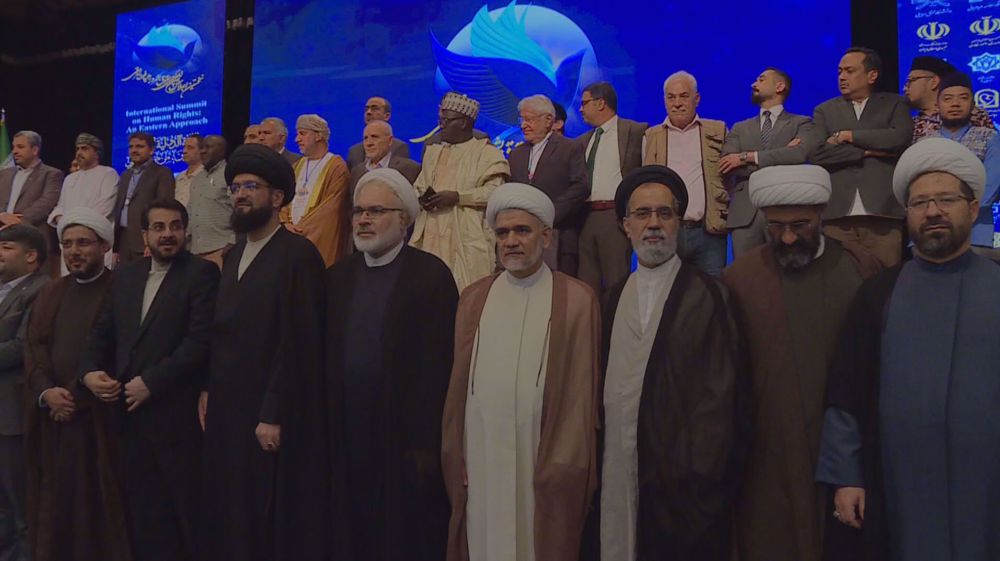Alwaght- With a population of 20,820,311 according to the World Bank’s figures in 2011, Syria is one of the most civilized countries in the West Asia.
The Syrian social texture contains a variety of religious and sectarian groups with a relatively shared culture. Sunni Muslims, Alawites as well as the Druze, Christian Arabs and non-Arabs make up the composition of the religious sects of Syria. Alawites are a Syrian religious group about whom exist some sporadically-written references. Accounting for 12-15% of the Syrians, the Alawites’ population is about 4 million.
As largest religious minority in Syria, the Alawites (also known as Nusayris) are a sect of Islam’s Shiite faith, the founder of which is believed to be Mohammad Ibn Nusayr in 9th century, when the eleventh Shiite Imam Hasan al-Askari (PBUH) was living. In Islamic history the word Alawites refers to the followers of Imam Ali, the first Shiite Imam, and Twelver Shiites, the largest branch of Shiite Islam believing in twelve divinely ordained leaders known as Twelve Imams. Being a monotheistic sect, the Alawites believe in Prophet Mohammad and Ahl al-Bayt, i.e. the family of Prophet Mohammad. Alawites have written a considerable amount of books to substantiate their beliefs. Alawites also live in Turkey, and their population in 1990 was 20 million. Currently, they mostly live in Syria’s coastal cities, as well as in Turkey's Hatay Province, a province claimed by Syria.
Historically, the word Alawites or Nusayris used in Syria actually means an adherent to the first Shiite Iman Ali bin Abi Thalib (PBUH) and it refers to the followers of this Imam. Referring to a statement by 80 Alawites religious scholars, Munir Sharif, wrote a prominent reference book that shows the beliefs of Syrian and Turkish Alawites, regarding foundation and ancillaries of the faith, are similar to that of Twelver Shiites. Moreover, Imam Musa al-Sadr, the leader of the Lebanon’s Shiites, called the Syria’s Alawites as united with and the same as Shiites. After 1979 revolution, the Islamic Republic of Iran recognized the ruling Alawites in Syria as Shiite Muslims.
Recently, the place and role of the Alawites in Syria’s political and social make-up have become more prominent. After the beginning of the Syrian crisis in 2011, mass media introduced Alawites to the world. Mostly broadcasting critical reports, the media have questioned Alawites being in power in Syria. Anti-Syrian President Bashar al-Assad media mostly follow a common track in their reports, that is disparaging the minority of Alawites’ presence in Syria’s power structure. During France’s presence and after Ba'ath party’s rise to power in Syria, the Alawites’ condition improved, and subsequently, with former Syrian President Hafez al-Assad rise to power, the Alawites consolidated their place in Syria’s scene politically and socially. In fact, Hafez al-Assad, coming to power in 1970, was the first Syrian president rising from the sect of Alawites, followed by his son Bashar al-Assad in 2000. Most of the key and top military and security officials in the country are chosen from the Alawites families. Their increased number in political and military decision-making networks has facilitated their presence in other areas of the country, most importantly in the capital Damascus.
Specifically focusing on Alawites after Syrian devastating crisis onset in 2011, the media assume conflict in Syria as sectarian and religious, as they reflect the hostile reactions against the Alawite sect. The Alawites have received considerable coverage by anti-Syrian government media, and similarly the Bashar al-Assad’s family has been given a special focus by the media after the conflict started in the country.
The wide range media coverage of the Alawites, also has put them at risk of excommunication by some of extremist islamist groups, a risk added up by some questions asked by hostile media on whether the Alawites are Shiite Muslims to present a negative picture of them among region’s people, Syrian people in particular, to trigger hostilities and confrontations against Alawites. The media in their biased and channeled reports depict the Alawites as atheists who believe in metempsychosis, incestuous and same-sex marriages as well as believing in the Holy Spirit’s reincarnation in Imam Ali, the first Shiite Imam. They also accuse Alawites of dismissing and underestimating prayer, fasting and Haj as Islamic rituals. According to Shia News website, in an interview with the Qatari Aljazeera news network, Abu Mohammad al-Julani, the leader of al-Nusra Front terrorist group, al-Qaeda branch in Syria, has insisted on confronting and repelling the Alawites and their thought, as he called them a sect stepped away from Islam. Another case being circulated by media is a claim that Alawites believe in Imam Ali as representation of Allah, rumoring that they practice their own rituals including oblation and sacrificing, which are inconsistent with the common Muslim rituals such as prayer and fasting.
The origins of the belief that Alawites are not Shiite or even Muslims dates back to the early Islamic eras, represented by such Muslim scholars as Ibn Taymiyyah, Abu al-Hasan al-Ash'ari and Abu Sahl Nobakhti. For example Ibn Taymiyyah, a 14th century Sunni scholar, in a Fatwa, stated that the Alawites are more apostatical than the Jews, Christians and polytheists. Moreover, Abu al-Hasan al-Ash'ari called the Alawites as Rafida, meaning “rejecters”, in a reference to Shiite Muslim’s rejection of caliphates other than those who Prophet Mohammad set to be his surrogates, starting with Imam Ali bin Abi Thalib.
The BBC News website reported that it was not accurate to call Alawites ruling Syria as Shiites while most of the Shiite scholars see them out of Shiite faith, as others even consider them as a non-Islamic sect, adding that it is impossible to dub President Bashar al- Assad’s government as Shiite, because it is one of the most non-religious governments in the region.
In conclusion, intensification of Syrian crisis along with sensitivity of some of opponents of Syrian president over his place in Syria’s future pushed a sizable build-up in media propaganda campaign against the Shiite Muslims, a hostility seen widely in Arabic language websites running a wave of anti-Shiite movement. A huge amount of the hostile material including articles and reports were broadcasted through mass media. With the ignition and development of Syrian crisis in 2011, provoked by Salafis who are holding a remarkable power base in the Arab world, some Arab countries like Saudi Arabia and Qatar stepped up their media propaganda against the Shiite Muslims as well as Alawites.
Anti-Iranian media are majorly concerned about the bonds existing between Iran and Syria’s relations. Therefore, it is very unlikely that these media halt their attempts to affect Syrian public opinion on the case of the Alawites, because Syria is located in the heart of the embattled West Asia region, and Syrian conflict has a clear influence on the region's future.
The Recent planned and organized propaganda against Shiite Muslims, and questioning the Syrian Alawites’ aims to create divergence and hostility in the Muslim world. For example, the Saudi news network Al-Arabiya’s website in past few days has intensified efforts to infuse the idea that the Iran’s action in the region are not approved of by the Shiites in other countries. Struggling to portrait war in Syria as sectarian, the hostile media are trying to drag countries like Iran, Turkey and Lebanon into a religious confrontation.
Finally, the Alawites, to repel the media propaganda effects against them, need to improve their relations and bonds with Muslim world, because one of the reasons behind their regression and some deviations in their beliefs during some periods of history is that they fell away from the cultural centers. Moreover, implementation of the proposed reforms by the Syrian president could improve Syrian community's living conditions, an issue that creates an atmosphere of public satisfaction.

